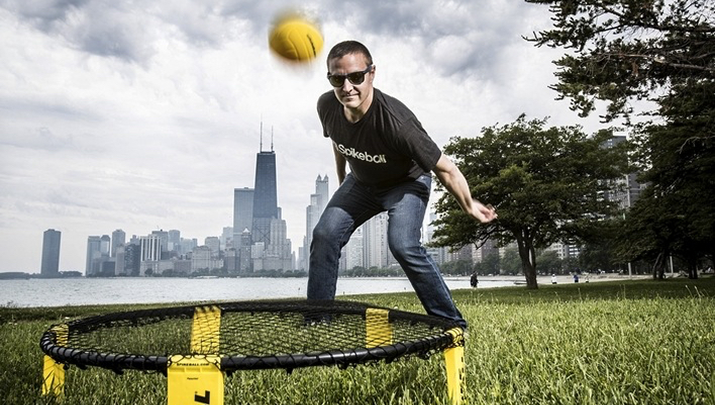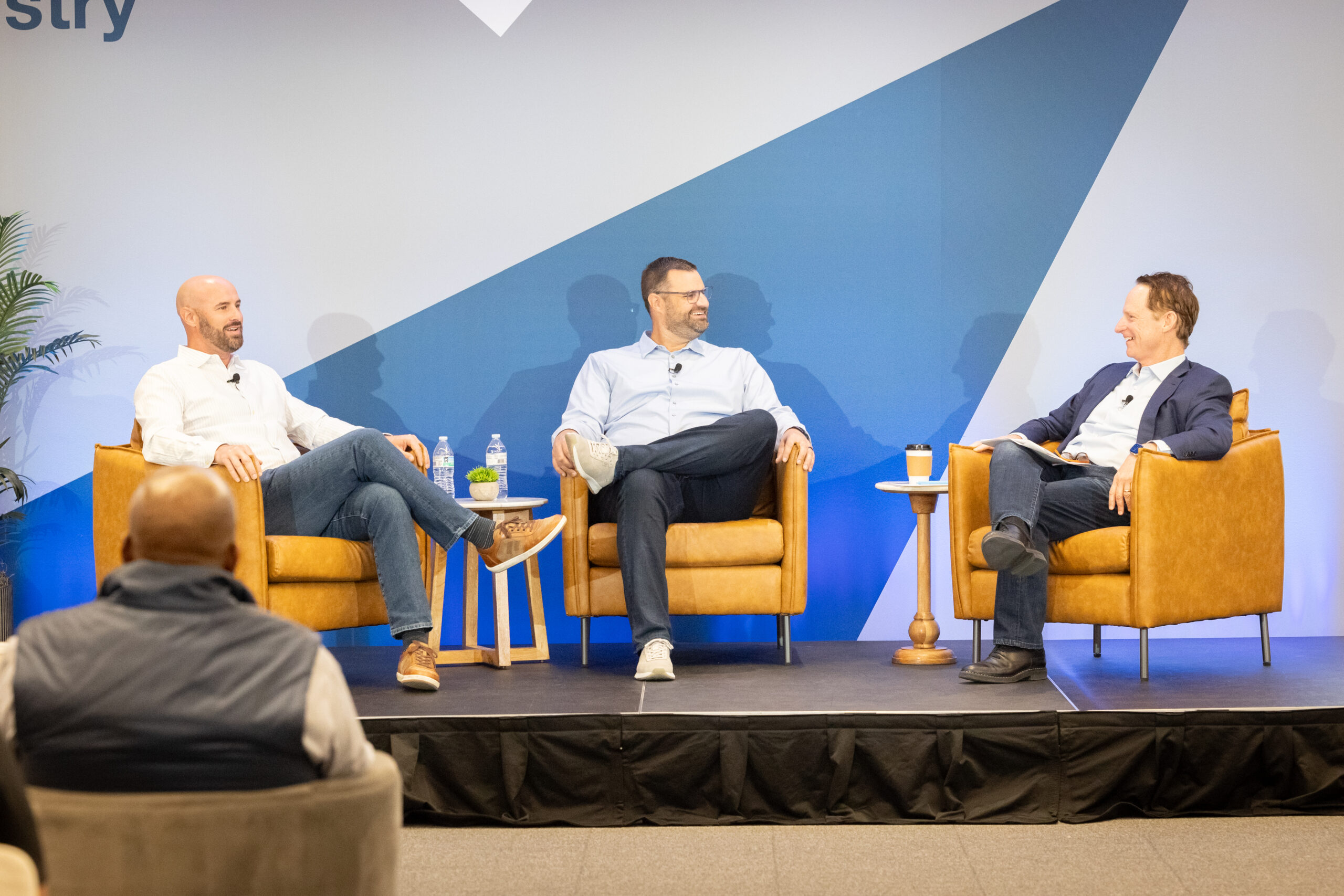

Evergreen Companies Need Strong Communities
- Chris Ruder
- Spikeball Inc.
Our community is the lifeblood of Spikeball Inc. Over the past seven years Spikeball has grown from a casual backyard game into a sport that supports 150+ tournaments per year and has 1,400+ ranked teams. My company was just named the 139th fastest growing business on the Inc. 500 and sales have doubled or tripled every year. While it would be nice to take full credit for all of this growth, the truth is I owe everything to the communities that love and nurture Spikeball.
Community means something different for every business. For you it might mean your employees or your customers or it might be your supply chain. For me, community means the thousands of people who act as evangelists for Spikeball every day. But I learned the hard way that you can’t force the communities into existence. You can’t just start a fire. Instead, you have to nurture little flames that are already out there and pour some gasoline on them to build them into something more powerful.
A little background: in 2008, some friends, family and I acquired the rights and relaunched an old game we loved called Spikeball. I figured I could sell the trampoline-like net and rubber ball sets online to make some extra money. When I started shipping, I sent a personal note to every customer and asked for feedback. Their passion helped convince me that I should build an Evergreen company around Spikeball.
Community feedback has guided me every step of the way in the evolution of this company. Early on, inspired by the enthusiasm of my first customers, I thought I could create active communities from scratch. I decided to promote the sport online, start leagues and host my own tournaments. Even though we had no following in Charleston, SC, I chose it to be one of our first tournament locations in 2012. It was a complete bust—only 10 or 11 people showed up.
Another example of me trying to light a fire, rather than growing a pre-existing one was a tradeshow we attended in 2009. We were trying to get retailers to buy Spikeball. They had zero interest in us, we spent a small fortune attending it and the sales from the show were close to $0.
Those setbacks helped shift my thinking. Instead of building new communities I would make sure every pre-existing community—with its social networks and word-of-mouth chain—that seemed open to learning about Spikeball had what it needed in order to evangelize Spikeball. After hearing from Ultimate Frisbee teams, PE teachers, and faith-based youth groups, we started shipping them free products. Eventually these groups became the baseline for our Spikeball community.
Now my gameplan is simple: Let the community guide you. We have never done formal market research or hired a company to help us better understand our audience. I interact with players (i.e., customers) at tournaments, on phone calls, via email and more. Instead of just telling people who we are, I ask them—over and over again—to tell us what they want.
Using my “SpikeballChris” accounts on Twitter and Instagram, I try to interact with people who have posted Spikeball-related pictures. Sometimes I’ll just “like” them; other times I’ll reach out in a more personal way. Here’s a perfect example: A few weeks ago, a guy tweeted to me, “I need a replacement part- can you help? I met my wife playing Spikeball!” I ended up having a great phone conversation with him, and we’re going to tell his story to our entire audience. We’re also sending flowers and a box of Spikeball goods to them as a thank you—we’re big on “surprise and delight.”
We recently launched an app so our players can communicate with each other more easily. When I’m on the app, I post as SpikeballChris, not as “Spikeball Inc.” I speak in the first person and have as much fun with our fans as possible. I ask our employees to interact with players and other as if they were talking to friends. Our close relationship with our community has led to some great hires. Of our nine employees, six were Spikeball players before they were hired.
We always ask for feedback on new products. Last year we had a Facebook promotion titled, “Pretend you are a Spikeball Product Designer. What does the next Spikeball set look like?” From that, we learned that the vast majority wanted a higher level “Pro” set. We shared different designs with the community and let them vote on their favorite ball and give feedback on other elements of the product. The Spikeball Pro set is launching this spring.
We also listen when our community rejects an idea. A digital watch company wanted to sell a Spikeball-branded product that made it easier for Spikeball athletes to keep score during games. I thought it was a great idea so I showed it to our employees and some top-level players. They gave it a resounding, “No!” I listened to the community, let my ego take a hit and rejected the idea.
Engaging with this community on such a high, consistent level can be a lot of work. I wouldn’t have it any other way. It’s much more rewarding to run a business where tons of people (not only employees) are personally invested in guiding its overall direction. It’s vital to our Evergreen business—and so far, it’s been a blast.
Chris Ruder is the CEO of Spikeball Inc.
More Articles and Videos

Fireside Chat with Dave Thrasher, Dan Thrasher, and Dave Whorton
- Dave Thrasher, Dan Thrasher, & Dave Whorton
- Supportworks and Thrasher Group

Get Evergreen insight and wisdom delivered to your inbox every week
By signing up, you understand and agree that we will store, process and manage your personal information according to our Privacy Policy






